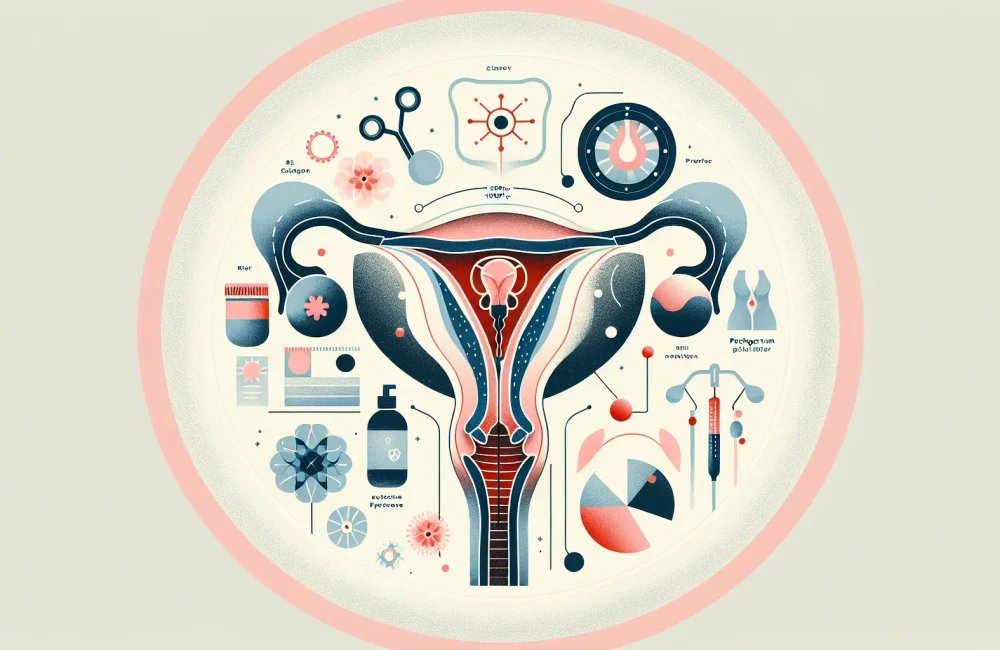By CAFMI AI From Frontiers in Medicine (Open Access)
Global Burden and Epidemiological Trends of Decubitus Ulcers
**Introduction to Decubitus Ulcers and Study Scope**
Decubitus ulcers, commonly known as pressure ulcers or bedsores, are a significant healthcare challenge worldwide, characterized by localized skin and tissue damage resulting primarily from prolonged pressure or shear forces. These ulcers predominantly affect individuals who are immobile or elderly, making them a critical concern in clinical settings, especially in long-term care and hospital environments. This comprehensive analysis, drawing from the Global Burden of Disease (GBD) Study 2021, evaluates the global, regional, and national burden of decubitus ulcers from 1990 to 2021. The study includes detailed assessments of incidence, prevalence, mortality, and disability-adjusted life years (DALYs), providing valuable insights into the distribution and health impacts of these ulcers across different demographic groups and regions.
The prevalence and incidence of decubitus ulcers have shown a steady increase over the three decades covered in this study. This rise is closely linked with the aging global population and longer hospital stays, which are factors that elevate risk. High-income countries report higher detection rates, possibly due to better healthcare infrastructure, surveillance, and reporting systems. Conversely, low-income regions exhibit more severe outcomes, attributable to limited access to quality healthcare, preventive measures, and timely interventions. The multidimensional approach of this analysis also includes trend forecasting, which projects the future burden of decubitus ulcers up to 2030, taking into account demographic shifts and anticipated healthcare changes. This epidemiological overview underscores the growing importance of decubitus ulcers as a public health issue and highlights the necessity for focused clinical attention and resource allocation.
Clinical and Regional Variations in Pressure Ulcer Burden
**Variations in Incidence, Severity, and Outcomes by Region and Population**
The study elucidates significant regional disparities in the burden of decubitus ulcers, reflecting the interplay between healthcare infrastructure, socioeconomic factors, and population demographics. Countries with high-income healthcare systems tend to have higher reported incidence rates of pressure ulcers. This phenomenon is likely driven by more comprehensive detection protocols and greater awareness among healthcare professionals. Nevertheless, despite early detection, these regions still face substantial clinical challenges due to aging populations and increased rates of chronic illnesses that complicate wound healing.
In contrast, low and middle-income countries frequently underreport cases, but when pressure ulcers do occur, the consequences are far more severe. Limited healthcare resources, inadequate preventive measures like regular repositioning, insufficient staffing for patient monitoring, and scarcity of advanced wound care options contribute to higher morbidity and mortality in these areas. The disability burden in these populations is disproportionately high, emphasizing the critical need for augmented healthcare delivery and education. Furthermore, the study identifies age as a crucial risk factor, with older adults bearing a significantly higher burden of disease. This demographic detail reinforces the necessity of targeted prevention strategies within geriatric care frameworks, particularly in hospital and long-term care facilities where immobility is prevalent.
Future Directions and Preventive Strategies for Pressure Ulcers
**Emerging Approaches and Recommendations for Mitigating Pressure Ulcer Burden**
Looking forward, the study advocates for integrated prevention and management strategies tailored to diverse healthcare settings globally, to effectively reduce the incidence and severity of pressure ulcers. Innovations in wound care technology, enhanced staff training, and improved patient monitoring systems are fundamental components in advancing clinical outcomes. Additionally, policy-driven initiatives aimed at increasing resource allocation and public health education in low-resource environments are crucial to bridging the current disparities.
The importance of multidisciplinary approaches involving clinicians, caregivers, and patients is stressed to foster early identification and proactive risk mitigation. Evidence-based guidelines emphasizing regular repositioning, adequate nutrition, skin care, and the use of pressure-relieving devices form the cornerstone of prevention programs. Ultimately, this comprehensive framework aims to alleviate the global burden of pressure ulcers, improve quality of life for vulnerable populations, and reduce healthcare costs associated with complications arising from these injuries.
Read The Original Publication Here






